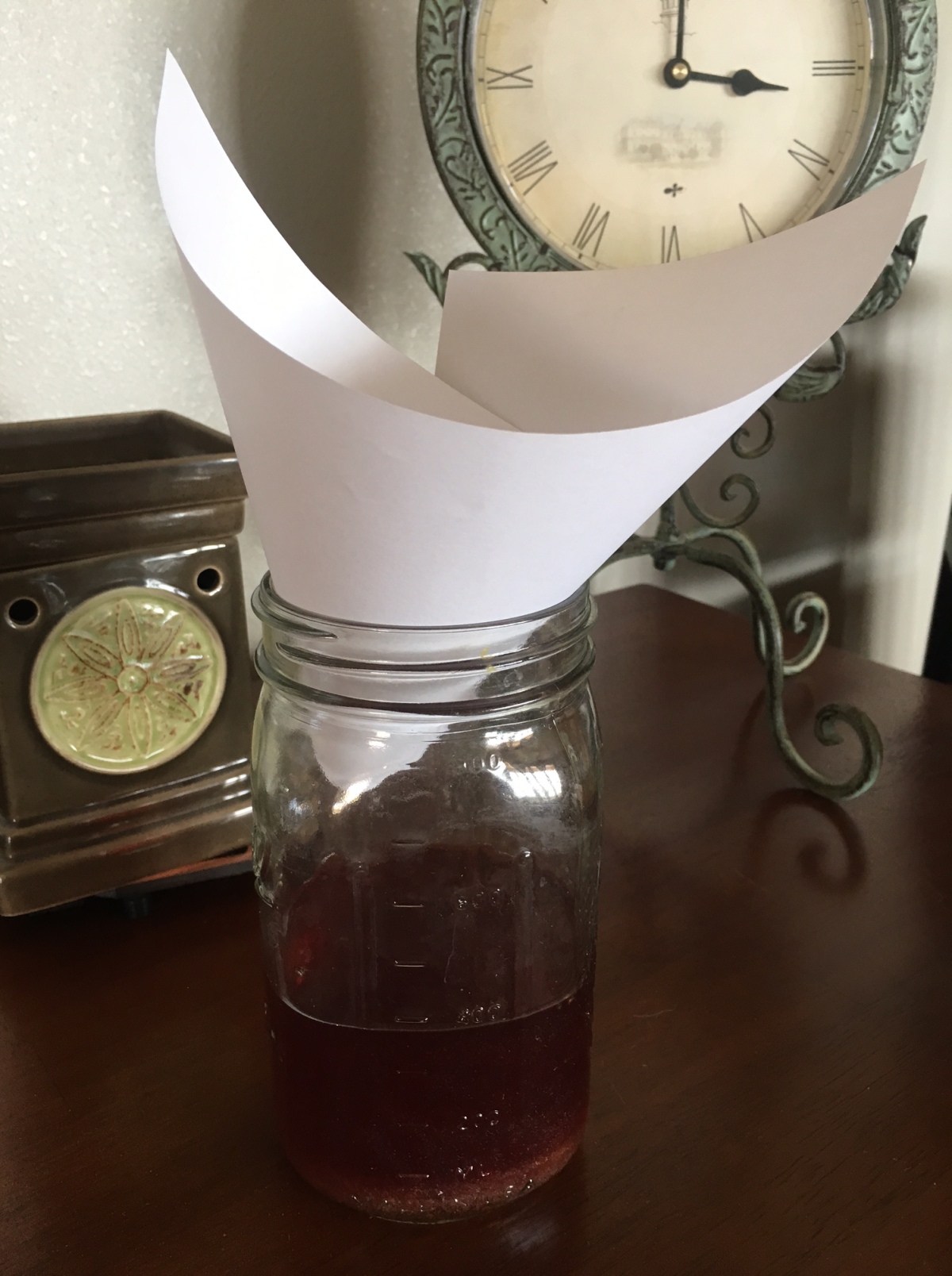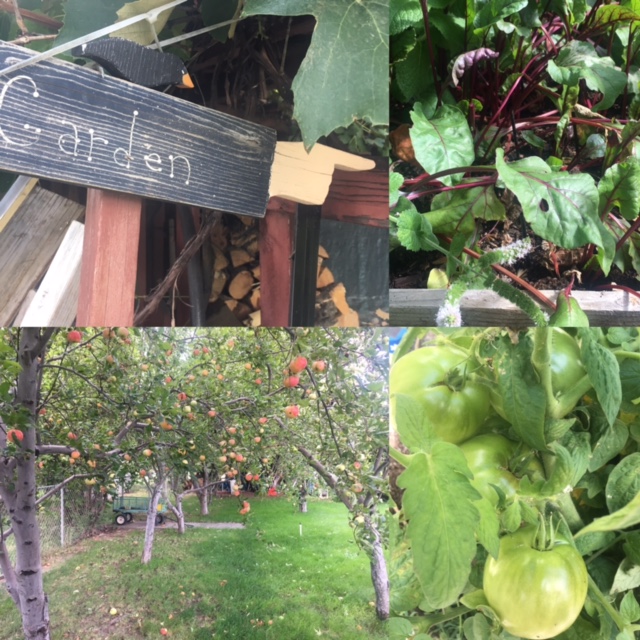Three elements are required for a recipe to fall into my gold standard category of favorites, and my Savory Meatball Stew has all of them. First, it must be consistently delicious every single time. Second, it must be easy to make, because let’s face it, a fabulous recipe on a piece of paper is never going to bring joy to anyone’s mouth or body. And third, it must be shared – the dish and the recipe – and here’s why: The reason we consume food, at its basic level, is for nourishment. I’d love to be able to cook for all my friends and family, but since practical resources do not allow for that, the next best thing is to share photos and recipes and feel amazing knowing that my recipes are simple for others to replicate and enjoy.
Every recipe has secrets. Secrets are basically those awesome ingredients or set of steps that were discovered by accident, or lessons learned that make the next batch better. Listing a set of ingredients, without the “secrets” just sets the next person up to possibly get it right and possibly not. I love this recipe and I want you to, so since I’ve made it six times this year already, and I finally hit an absolutely perfect home run, I’m going to share what I learned so your first time is perfection.
Part of an easy recipe for me is something that is simple – that most people could make – possibly with a kitchen shared with little hands. The first secret to this dish is that “less is more.” For vegetables, I only use one small onion (or half a large onion), celery, carrots, potatoes, one small section of garlic, and I like to add one zucchini at the end for color.
You could certainly make this vegan by leaving out the meatballs and using a vegan broth, but my version includes one pound of beef meatballs and beef bone broth.
Now for the true secrets that make this dish to die for! My first secret to perfect Savory Meatball Stew is using beef bone broth for the base. You can buy chicken bone broth, beef bone broth and yes, even vegan bone broth (although, I’m not sure how exactly that’s made). You can make your own, and I have friends who do, but I actually just buy it in a box. It’s a little over $2 a quart at Wal-Mart or about $17 for six quart boxes at Costco. If you don’t feel like fighting the crowds, most grocery stores carry it for about $5 a quart.
My second secret is high quality extra virgin olive oil. This is not about snobbery, but the sad reality is that a lot of olive oil is a mixture of random oils or even rancid. You don’t need to spend a lot of money, but look for a brand you have tasted and trust, or at least comes in a dark bottle, which keeps it fresh longer. For special flavor, I buy artisan oil, but for basic cooking, I buy the big bottle at Costco, and put it in smaller jars with herbs from my own garden. The secret is to add no more than two flavors – lemon peel and rosemary or just garlic. You can Google artisan olive oil for ideas of what to add.
And my third secret for Savory Meatball Stew is truffle zest seasoning. A small amount turns a dish from average to wow! This is especially true when you keep the ingredient list simple enough to use your vegetables for texture and your meat, broth, garlic and truffle zest as the flavor foundation for the stew. You won’t need salt, pepper and whatever random dried herbs are stored in your kitchen cupboard. Now that you have my secrets, here’s the recipe.
Ingredients and directions: (gluten-free and can be modified to be vegan)
1 Tablespoon olive oil
½ large onion, chopped
- Sauté onion in olive oil to caramelize.
2 cups celery, chopped
1 clove garlic
1 pound of beef meatballs
1 quart of beef bone broth
- Add celery and minced, peeled clove / section to pan with onions. Continue to sauté.
- Add one pound beef meatballs. (You can use basic hamburger crumbles but meatballs look and taste better). Brown along with onions, celery, and garlic. Use high heat and turn constantly to get a nice brown without cooking the vegetables to death. This step is all about infusing flavor.
- Add one box (32 ounces) or one quart of beef bone broth. You can make it or buy it, but try to use bone broth as it’s much more flavorful than regular broth – and it’s healthier. Bonus!
- Turn down to simmer for about 45 minutes. You want the pot barely bubbling the whole time.
½ teaspoon truffle zest seasoning
- After 45 minutes add about 2 cups of potatoes. It looks nice to use baby red potatoes but chopped up russets will do the same. I like to add large pieces of potato so they don’t fall apart. This is when you add ½ teaspoon of truffle zest seasoning. There are five flavors our taste buds distinguish: sweet, sour, bitter, salty and umami (savory). The best way to think about umami or savory is in the terms of richness. Essentially, the truffle zest adds a savory complexity (which is why you want to keep the other ingredients simple.)
1 zucchini, sliced
- Five minutes before I ladle up my stew, I like to add thin slices of fresh zucchini. This is as much for color as anything else but also adds a delightful texture to glide your tongue over.
You’re probably wondering about the red wine. It’s completely optional. You can change this recipe to taste more like a beef burgundy by adding red wine – and that too is delicious. Instead of trying it with the entire pot, just add some to one bowl and see what you think. It’s a nice twist. But honestly, I prefer to enjoy my red wine by the glass alongside my Savory Meatball Stew recipe shared above.

















